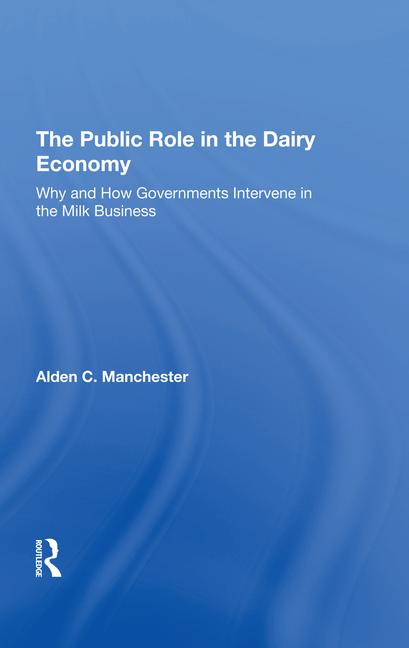Transportation’s role in food safety
FSMA has shifted the focus from responding to contamination to preventing it. This includes transportation, in addition to processing, packaging, sales and consumption.

Food safety is receiving a significant amount of attention. This puts more emphasis on the transport portion for the producer-to-market cycle. This is the one major area where the food product is outside of the control of the seller and buyer.
This has led to looking at the chain of custody (often called “Farm to Table” or “Farm to Fork”), starting with harvesting then on to storage, processing, packaging, transportation and consumption. (Farm-to-table also refers to a movement concerned with producing and consuming food locally.)
Food safety during transportation has been a concern as far back as 1989, when published reports showed that some motor carriers were transporting non-compatible commodities in the same trailer with food shipments or were backhauling unsanitary commodities. Congress passed the Sanitary Food Transportation Act of 1990 and then The Sanitary Food Transportation Act of 2005 which provided broad authority for the Food & Drug Administration to regulate the truck and rail transportation of human and animal food products.
The FDA’s Food Safety Modernization Act (FSMA) became law on Jan. 4, 2011. The purpose of this legislation is to insure that the food supply is safe by shifting the focus from responding to contamination to preventing it. This includes harvesting, storage, processing, packaging, sales, transportation and consumption.
“The core of this legislation is four-fold,” said Howard Sauls, Food & Beverage Specialist, Ryder Corp. “The legislation authorizes inspections and recalls; a written safety plan for all members of the supply chain; requires safety of imports and traceability.”
In September 2011, the FDA asked the Institute of Food Technologists to conduct product tracing pilot projects. Their findings included the recommendations that have since been implemented.
Requirement to keep records
Subsequently, carriers, both private and for hire, are required to keep records of food transportation. The FSMA requires that “Persons who… pack, transport, distribute … food in the United States are subject to the regulations in this subpart…”
The FDA has held not only the carrier liable for record keeping, but if a freight broker is used to select the actual carrier, the broker is also responsible for record-keeping requirements. In addition, I know most readers are aware of Milk Guidance for Industry which includes transporters.
In April 2010 and January 2012, the FDA issued “Guidance for Industry: Sanitary Transportation of Food” which has more information. 21 USC § 350E sets out requirements for bulk transport. 21-CFR Section 1.352 defines what records the transporters must maintain and for how long. The length of time that records must be maintained varies between six months and two years, depending on the type of food product. The records that are required are extensive so it is recommended that the reader consult the CFR.
Other food makers are involved
Ours is not the only industry wrestling with this issue. The Agricultural & Food Transporters Conference of the American Trucking Associations has created a committee which will have as its main focus the responsibility to analyze and comment on the new FSMA proposed rules. The AFTC membership is very diverse, hauling everything from livestock and commodities to milk, food-grade oil and grocery store products. The subcommittee will be able to analyze the different pieces of the FSMA and provide feedback on how to best regulate the industry.
The North American Transportation Working Group (NAPTWG) is comprised of volunteers from more than 25 national and regional produce industry associations, transportation service providers, grower/shippers and perishable receivers who work to provide Best Practice resources for transportation stakeholders. NAPTWG provides best practice guidance and documentation pertaining to the handling and transport of fresh produce to facilitate a seamless, safe, and sustainable global supply-chain.
Please remember that this area is one fraught with peril and any questions should be directed to either counsel or the appropriate agency. Stay tuned!
Look online for further research
Looking for a reprint of this article?
From high-res PDFs to custom plaques, order your copy today!








